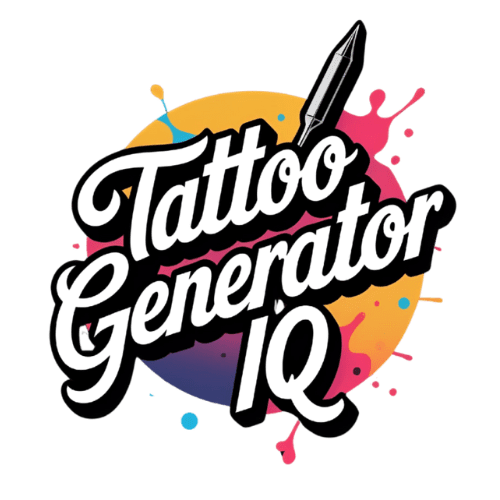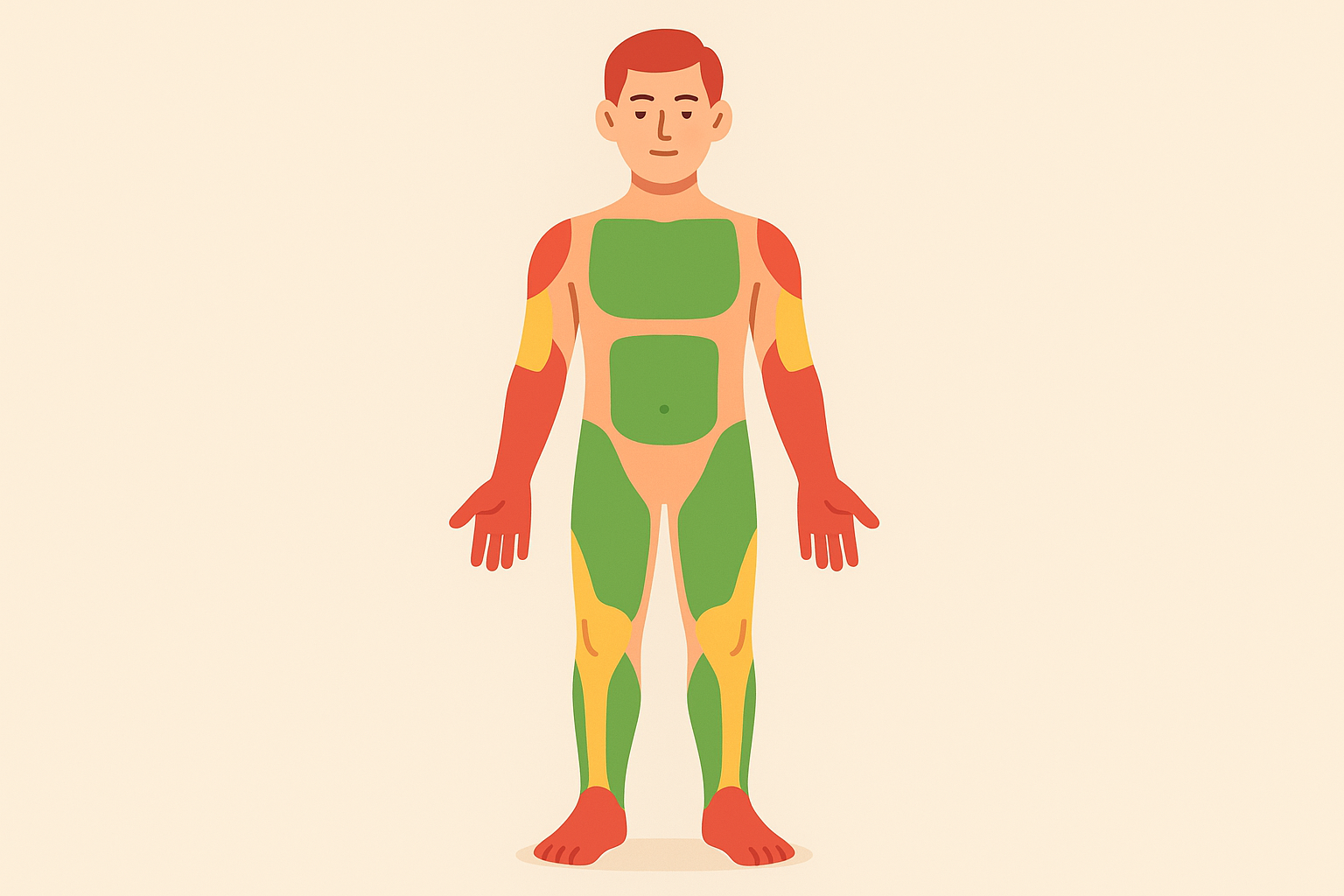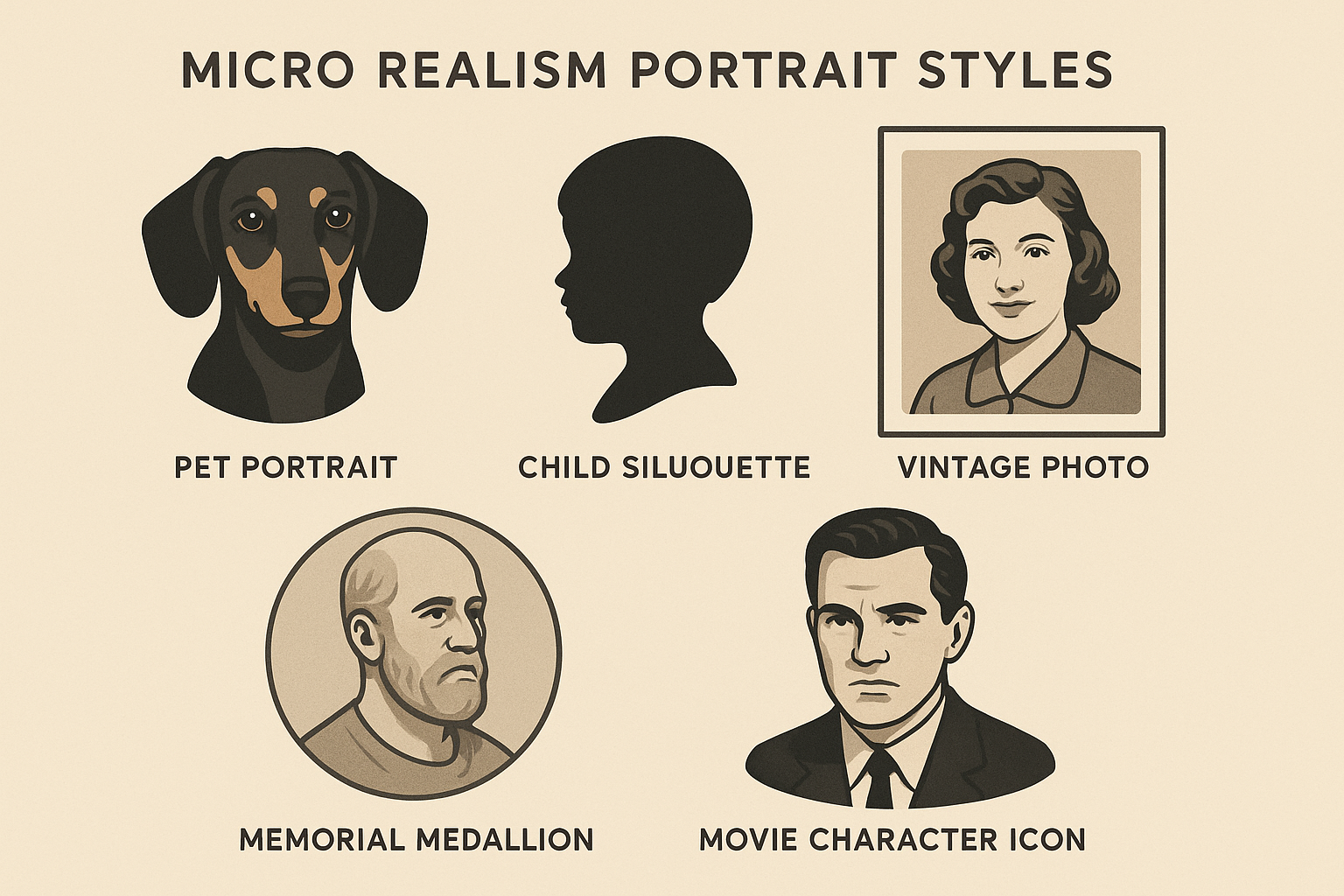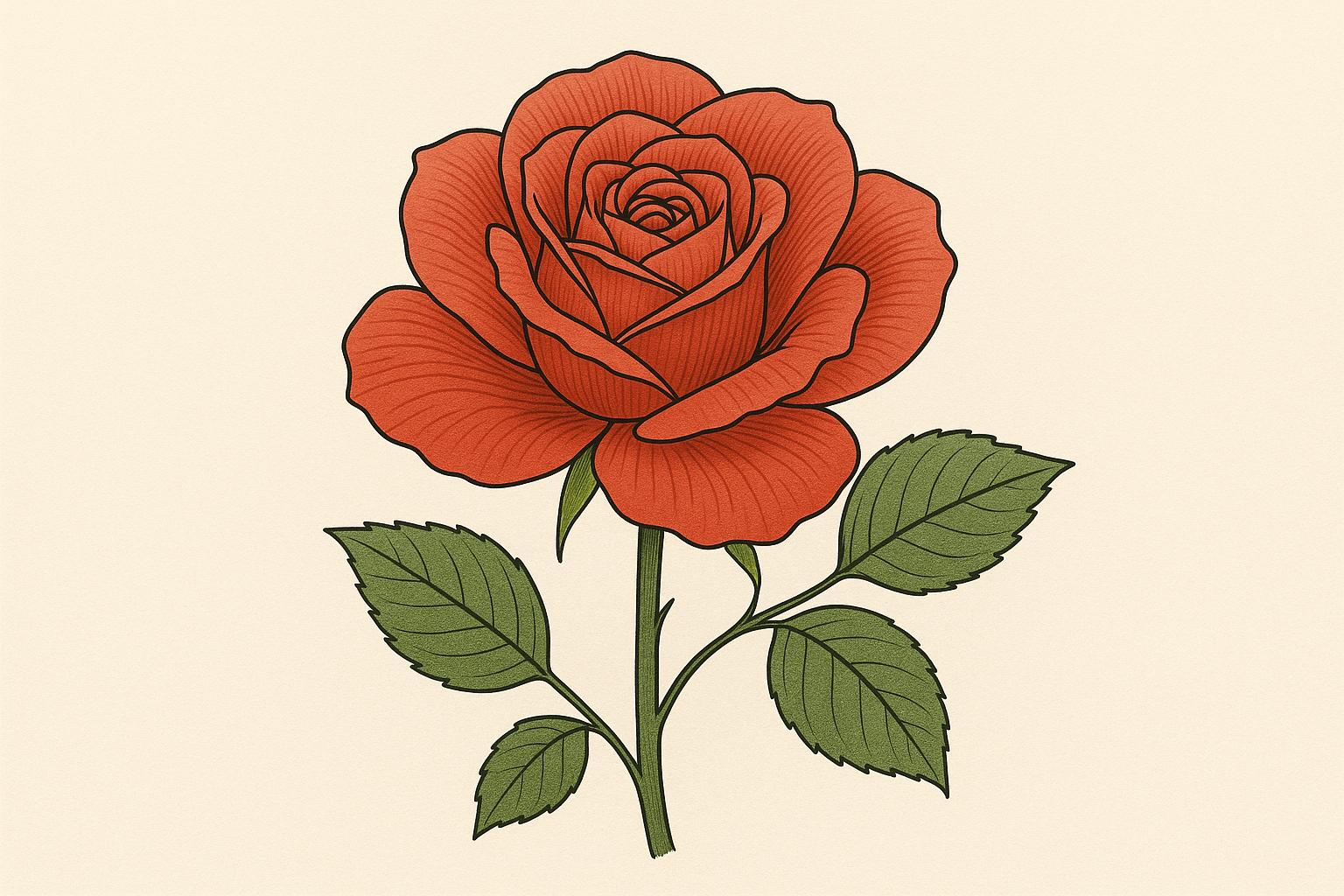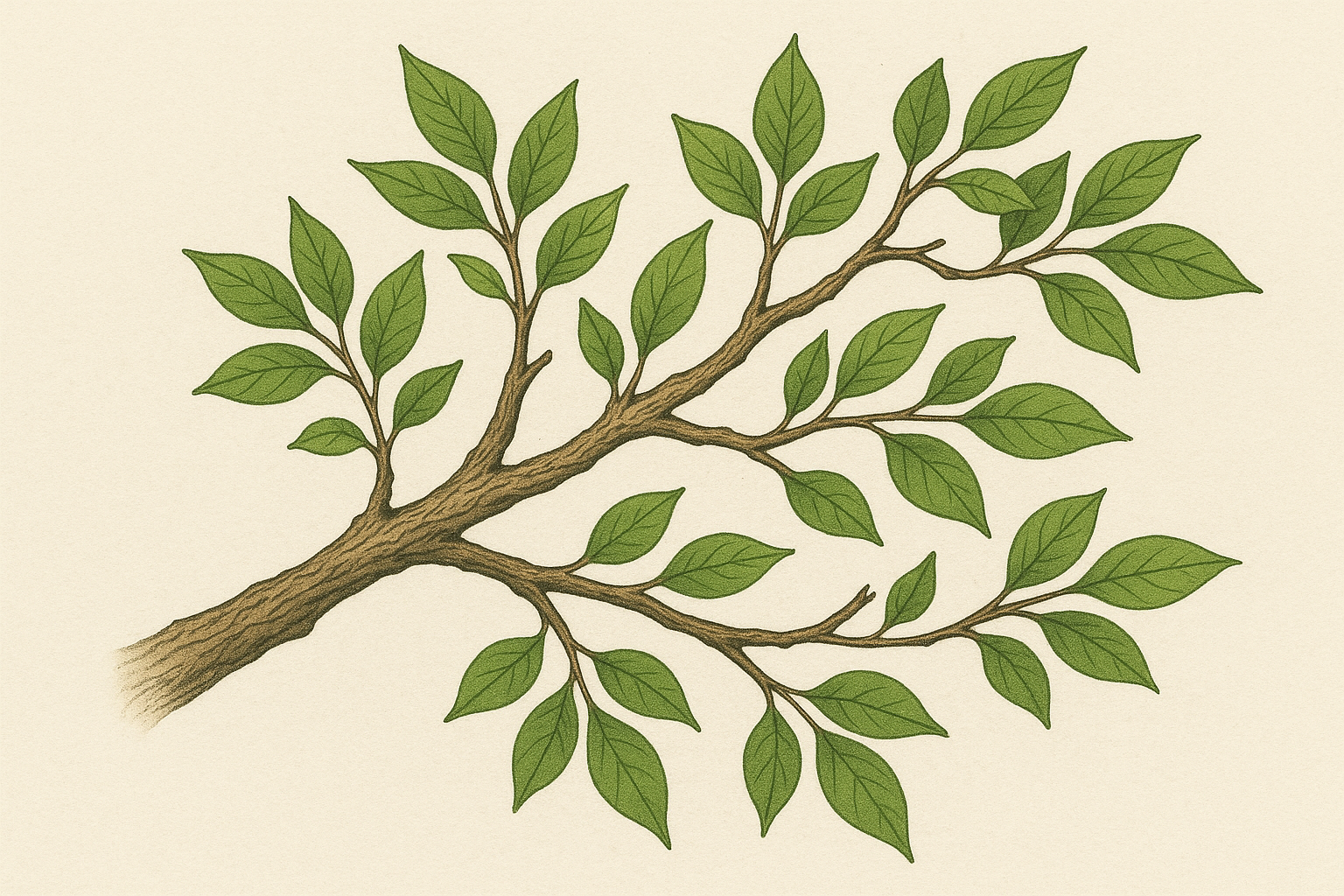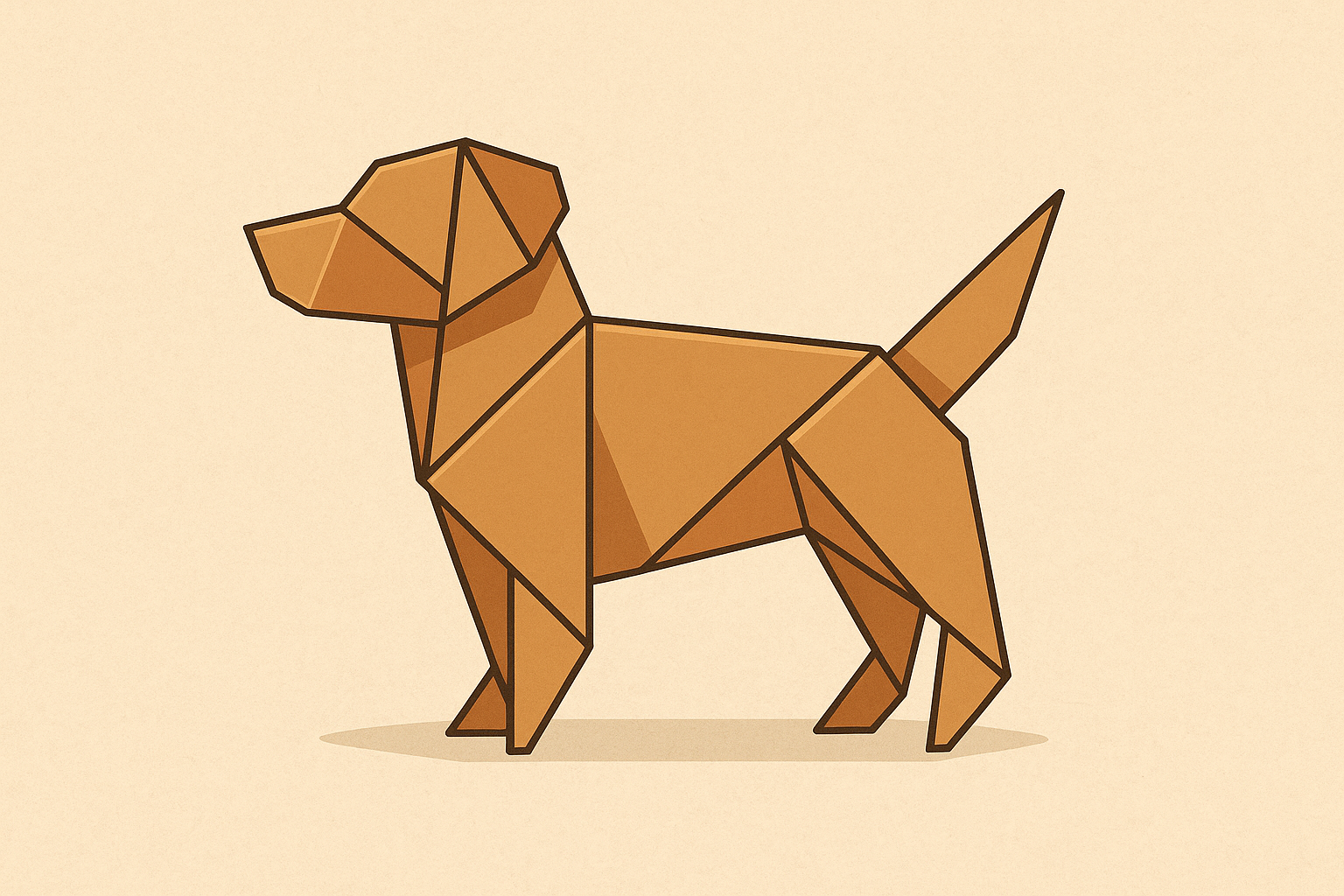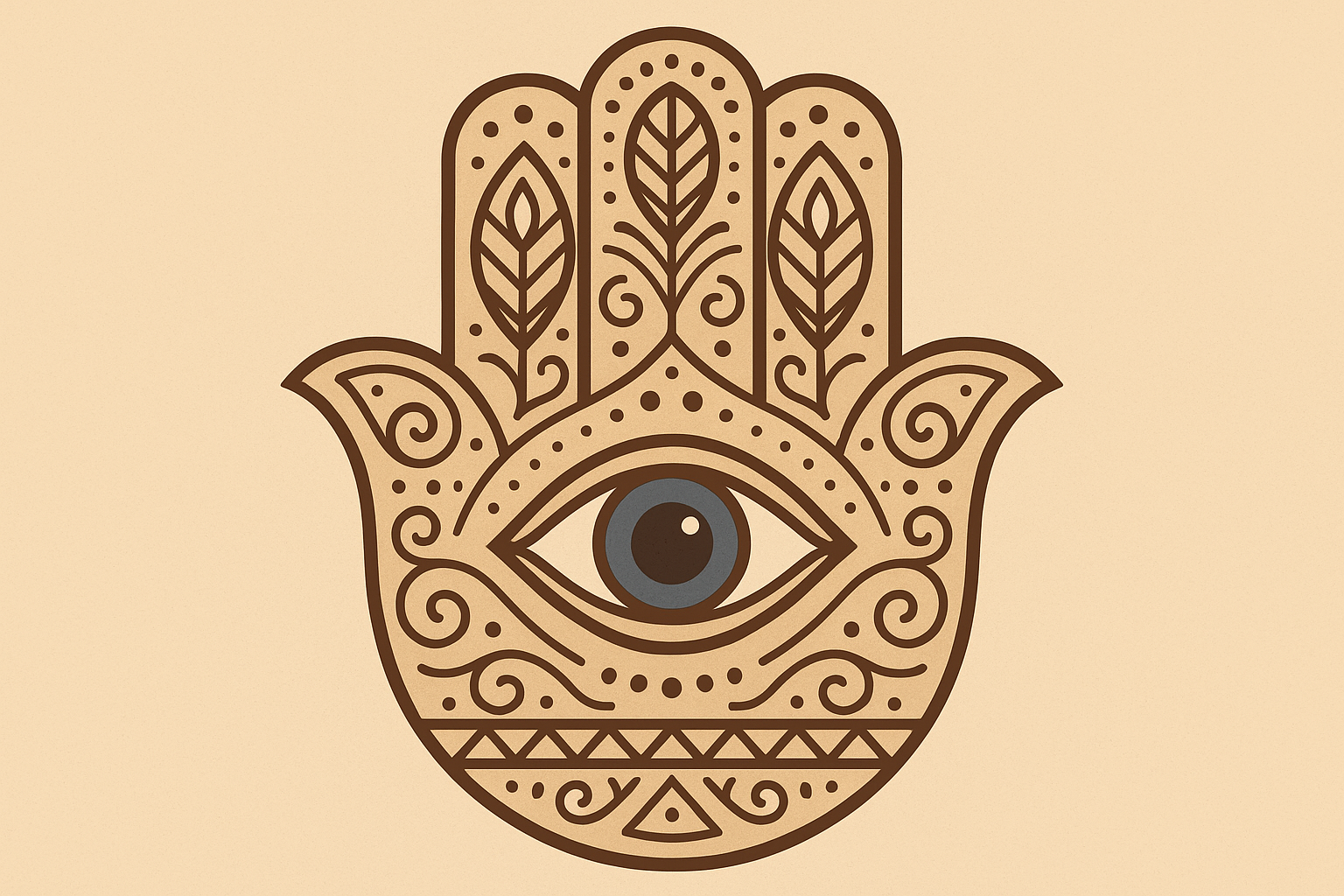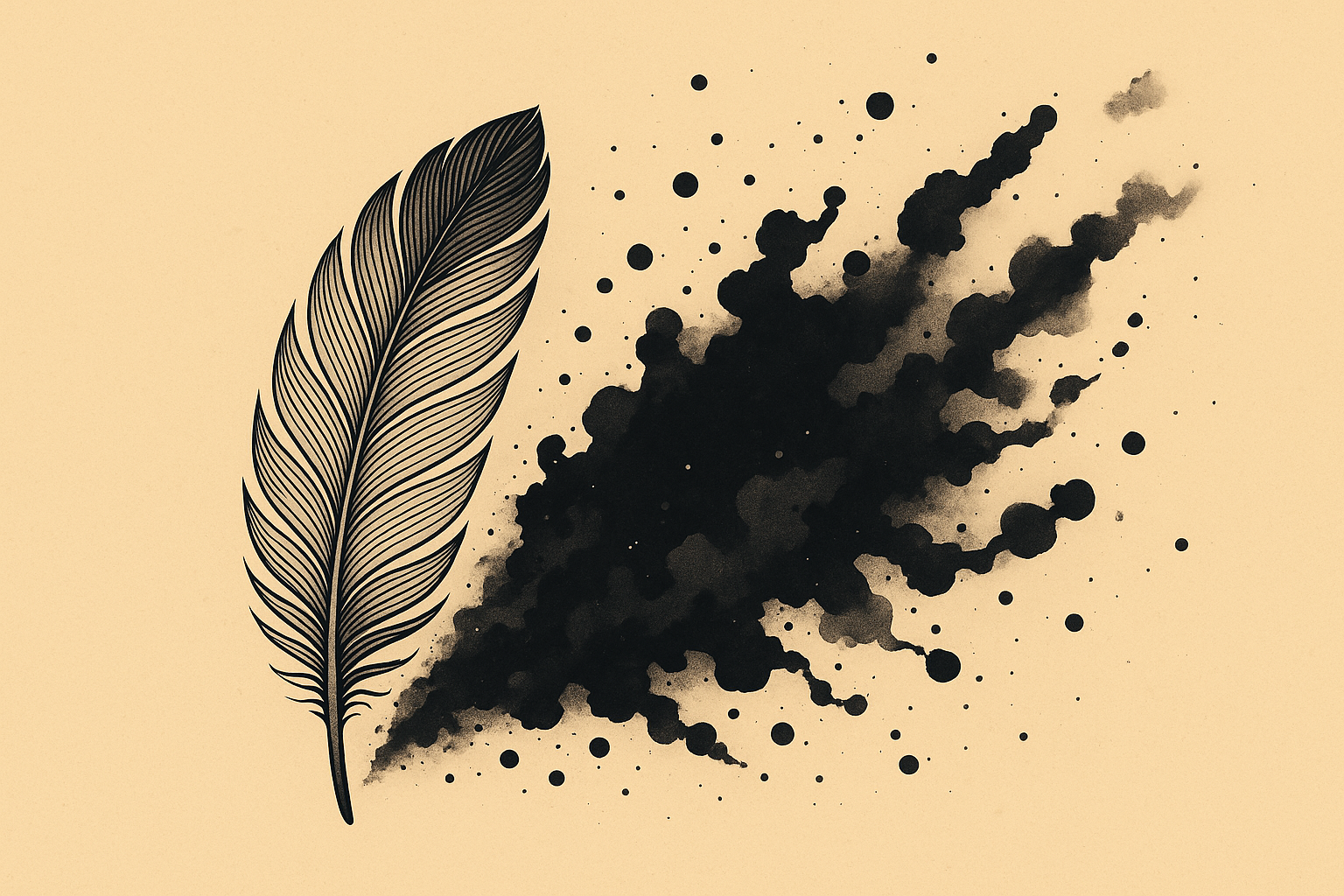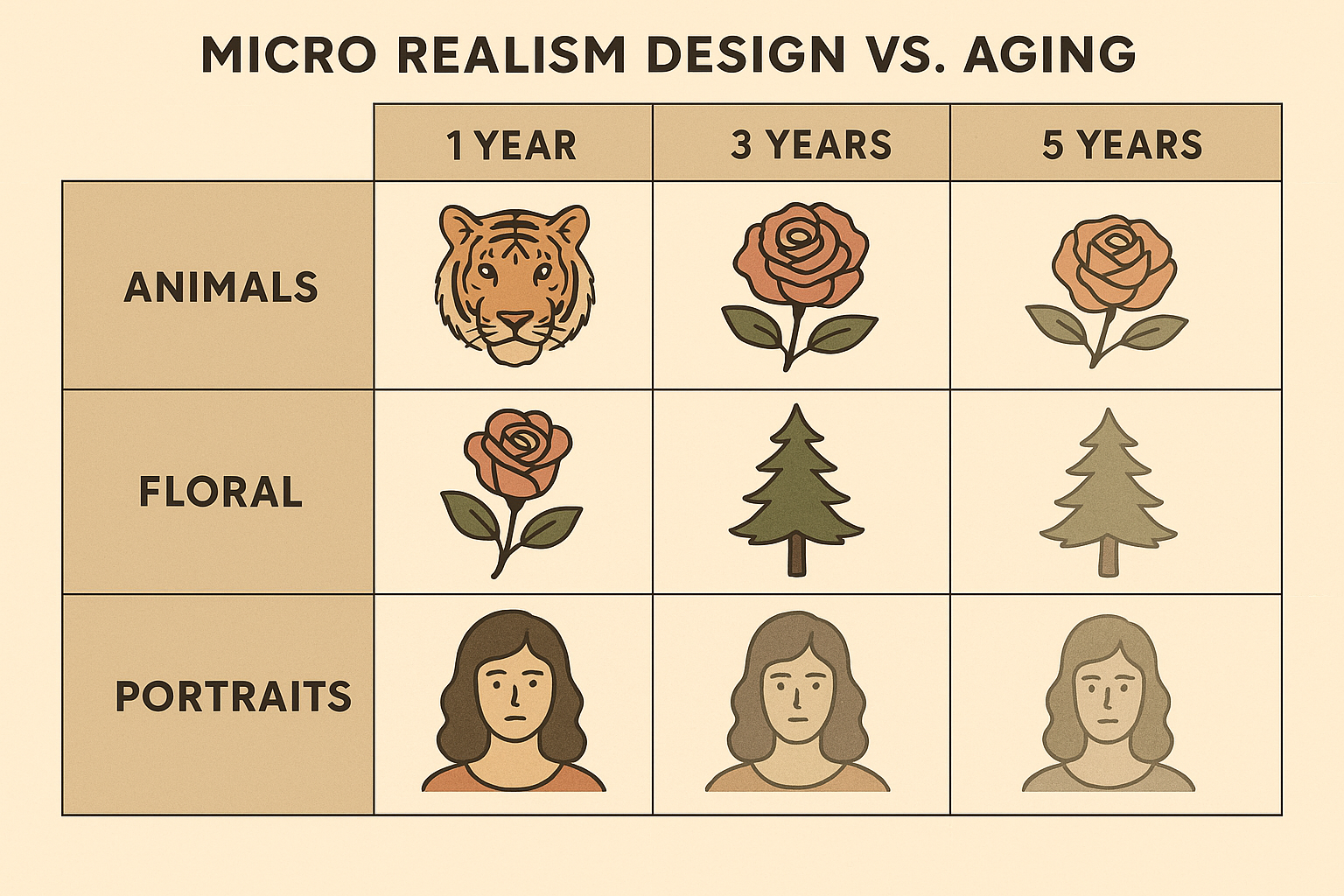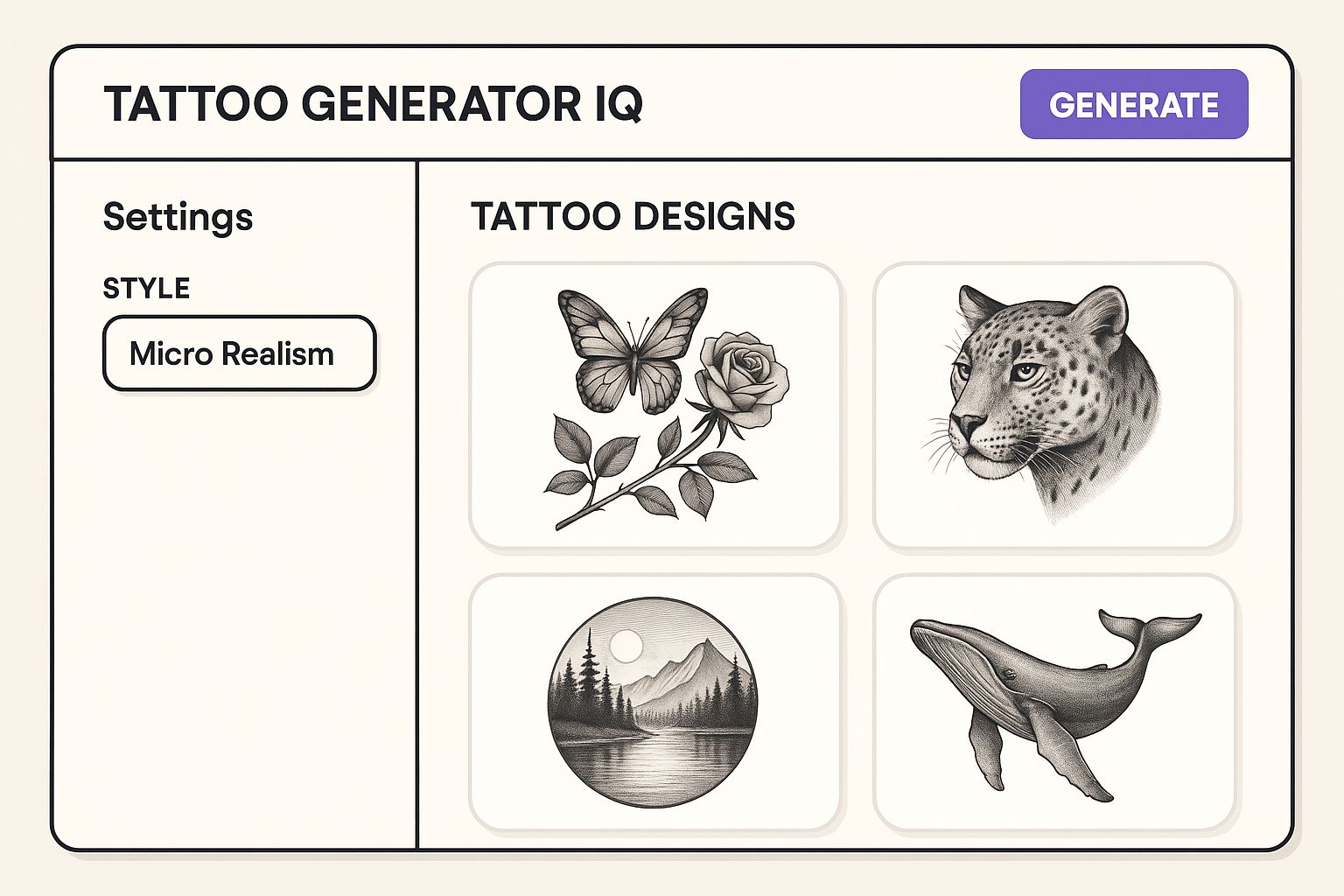25 Stunning Micro Realism Tattoos That Will Transform Your Ink Game Forever
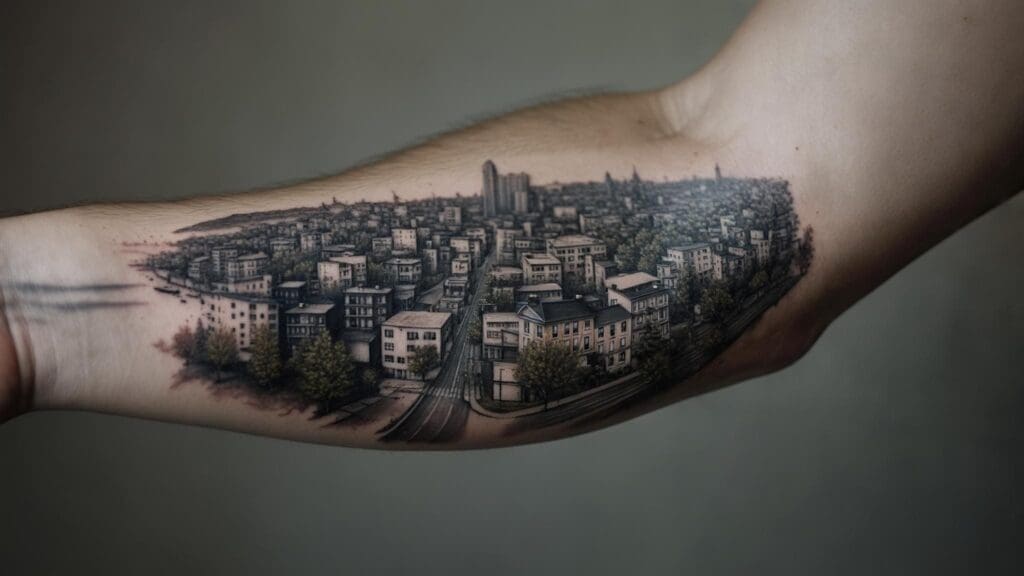
Micro realism tattoos have exploded in popularity, with detailed designs requiring upwards of $200 per hour due to their precision and artistic complexity (Certified Tattoo). I remember staring at my friend’s tiny rose tattoo on her wrist, amazed at how every petal seemed to breathe with life despite being smaller than a quarter. That moment sparked my fascination with these miniature masterpieces that pack incredible detail into impossibly small spaces.
Look, I’ll be straight with you – micro realism tattoos are ridiculously hard to do well. We’re talking about artists who can make a portrait the size of a quarter look like a photograph. It’s honestly mind-blowing when you see it done right, but here’s what nobody tells you upfront: most people have no clue what they’re getting into.
Essential Considerations Before Getting Micro Realism Tattoos
Before you fall in love with the idea of a tiny, hyper-realistic tattoo, let me tell you what nobody else will – these things are tricky as hell, and the difference between getting something amazing and ending up with an expensive mistake usually comes down to stuff nobody tells you upfront.
Size and Detail Balance Requirements
Here’s what nobody wants to admit: you can’t shrink a complex image and expect it to work as a tattoo. I’ve watched so many people bring in this gorgeous, detailed photo and ask for it to fit in a 1-inch space. It’s like trying to read a book through a keyhole – the math just doesn’t work.
When considering your first micro realism piece, understanding small tattoo pricing becomes crucial since the precision required often drives costs higher than standard small designs.
When I got my first micro piece, I made this exact mistake. I wanted my dog’s entire face with every whisker and fur detail. My artist (thankfully) talked me out of it and convinced me to focus on just his eyes and nose. Three years later, it still looks crisp while my friend’s overcomplicated cat portrait looks like a gray smudge.
The sweet spot? Pick 2-3 things max that make your subject recognizable and forget the rest. Think about what you’d notice first if you saw your pet across the room – probably their eyes, right? That’s your focus.
Here’s the brutal truth about detail: every single line you add is competing for space in that tiny area. I’ve seen beautiful designs turn into muddy messes because someone insisted on including every eyelash. Your tattoo artist isn’t being difficult when they suggest simplifying – they’re trying to save you from regret.
| Size Range | Recommended Detail Level | Key Elements | Secondary Elements | Aging Expectation |
|---|---|---|---|---|
| 1-1.5 inches | Minimal | 1-2 primary features | None | Excellent (5-10 years) |
| 1.5-2.5 inches | Moderate | 2-3 primary features | 1-2 simplified | Good (5-8 years) |
| 2.5-3 inches | Detailed | 3-4 primary features | 2-3 simplified | Moderate (3-6 years) |
| 3+ inches | Complex | 4+ primary features | Multiple simplified | Variable (2-5 years) |
Finding the Right Artist for Micro Work
This is where most people screw up, and I mean really screw up. Just because someone can do solid traditional work doesn’t mean they can handle micro realism. It’s like assuming a house painter can do miniature portraits – completely different skill sets.
I spent four months researching artists for my piece. Four months. My friends thought I was crazy, but here’s what I learned: most artists who claim they do “micro realism” are showing you 4-6 inch pieces and calling them small. That’s not micro, that’s just regular tattoo work.
Artists specializing in fine line tattoo techniques often transition well into micro realism work, as both styles require exceptional precision and understanding of how delicate details age over time.
You want to see 2-inch portraits that still have personality. You want tiny landscapes where you can still tell what you’re looking at. And here’s the kicker – ask to see healed photos from at least two years ago. If they get weird about showing you aged work, run.
My artist charged $280 per hour while others quoted $150-200. Guess whose work still looks amazing after three years? Sometimes paying more upfront saves you from expensive cover-ups later.
Sarah’s Artist Search Experience: Sarah spent three months researching artists for her micro realism pet portrait. She visited five different shops, but only one artist could show her healed micro realism work from 2+ years ago. That artist charged $250/hour compared to others at $150-180/hour, but the healed examples showed crisp details that had aged beautifully. Sarah’s 1.5-inch dog portrait still looks sharp after 18 months, while her friend’s similar tattoo from a cheaper artist has already started blurring together.
Strategic Placement for Longevity
Placement isn’t just about looks – it’s about physics. Your skin moves, stretches, and changes over time. Put a detailed micro piece somewhere that’s constantly moving, and you’re basically paying to watch it slowly fall apart.
Inner forearms are gold for micro work. The skin stays relatively stable, healing is usually straightforward, and you can actually see your tattoo without contorting like a pretzel. Behind the ear works great too, though good luck showing that one off.
But hands? Fingers? Major joints? Don’t do it unless you’re prepared for disappointment. I watched my coworker get this incredible tiny compass on his finger. Six months later, it looked like someone had sneezed ink on his hand. The constant movement and hand washing just destroyed all those fine details.
Consider your lifestyle too. If you’re a rock climber, maybe skip the forearm. Construction worker? Those hands see too much abuse for delicate work. Be honest about how you actually live your life.
Understanding How Micro Tattoos Age
Okay, here’s the conversation nobody wants to have: micro realism tattoos age differently than big pieces, and not always in good ways. I’m not trying to scare you, but you need to know what you’re signing up for.
Ink spreads in your skin over time. It’s just physics. In a large tattoo, this spreading is barely noticeable. In micro work, it can turn sharp details into soft suggestions. That perfectly defined rose might become gentle curves, those crisp geometric lines might get a little fuzzy around the edges.
Understanding how tattoos age becomes especially critical with micro realism work, where even minor ink spreading can dramatically alter the design’s clarity and recognition.
But here’s what’s weird – sometimes this aging actually makes the tattoo better. My friend’s micro landscape looked almost too sharp when it was fresh. After a few years, that slight softening gave it this dreamy, painted quality that’s honestly more beautiful than the original.
The key is designing for aging from the start. High contrast survives better than subtle gradations. Bold shapes hold up longer than intricate patterns. Think about how your design will look when those fine details naturally soften – will you still love it?
Design Simplification Strategies
This is where you have to be ruthless with your vision. You cannot shrink a complex image and expect it to work. Every element needs to earn its place in that tiny space.
Start with what makes your subject instantly recognizable. For my dog tattoo, that was his distinctive eye shape and the little white patch on his nose. Everything else – the fur texture, ear details, background elements – had to go. It hurt to cut those details, but the result is a tattoo that still looks like him years later.
Backgrounds are usually the first thing to go unless they’re absolutely essential. That beautiful sunset behind your mountain range? It’s fighting with your main subject for attention. Pick one or the other, not both. Use empty space as a design element instead of trying to fill every millimeter.
Color vs Black and Gray Decisions
The color debate gets complicated with micro work. Color can make things pop and help with recognition, but it also introduces variables that might bite you later.
Black and gray typically ages more gracefully. The high contrast between deep blacks and bright highlights survives ink spreading better than subtle color transitions. Your design keeps its punch even as details soften.
When you do go with color, stick to high contrast combinations. Think bold reds against deep blacks, not gentle pink-to-rose gradations. The contrast helps your design stay readable as colors naturally fade and blend over time.
Portrait Category Micro Realism Designs
Portraits in micro realism are like trying to capture someone’s soul in the space of a postage stamp. It’s incredibly challenging, but when it works, the emotional impact is unreal.
1. Minimalist Pet Portraits
Your pet’s eyes tell their whole story – that’s where these portraits shine. Instead of trying to capture every whisker (trust me, don’t try), focus on those eyes that made you fall in love with your furry friend.
I’ve seen people try to fit their entire Great Dane into a 2-inch space. It looked like a brown blob with legs. But a close-up of just the dog’s face? That can work beautifully if done right.
The trick is emphasizing the nose and eye details while letting everything else fade into suggestion. Your artist isn’t being lazy when they suggest this approach – they’re trying to create something that will still look like your pet in ten years.
This design ages well because animal eyes naturally have high contrast. Even as fine details blur over time, that emotional connection stays strong. My friend’s cat portrait still makes her tear up three years later, even though some of the whisker details have softened.
2. Child’s Face Silhouettes
Profile silhouettes solve a huge problem in micro portrait work – you eliminate the complexity of frontal faces while keeping the emotional connection. Showing your kid from the side means you don’t have to balance two eyes, complex nose shading, and mouth details in tiny space.
The simple version is just the outline, but the complex version can capture specific features that make the profile uniquely recognizable. The key is using strategic negative space and focusing on the most distinctive profile elements.
This needs high contrast to work long-term. As the tattoo ages, you want those profile lines to stay clear and recognizable. The format naturally simplifies features while preserving what makes the portrait meaningful.
3. Vintage Family Photo Recreations
These carry incredible emotional weight, but translating them to micro scale is genuinely difficult. You’re dealing with multiple people, period clothing, and background elements all fighting for space.
I’ve seen people try to recreate entire family reunion photos in a 3-inch space. It looked like a crowd scene painted by someone having a seizure. The successful ones focus on two figures max, with faces getting priority and everything else simplified almost to the point of suggestion.
The vintage aesthetic actually helps hide aging. As details soften over time, your tattoo develops an authentically aged photograph look that enhances the nostalgic feel rather than fighting it.
4. Memorial Portrait Medallions
Memorial portraits carry enormous emotional weight, so the medallion format is perfect for micro work. The circular frame forces design simplification while adding decorative elements that enhance the memorial aspect.
The medallion border helps frame the aging portrait over time, maintaining dignity even as facial features naturally soften. It’s like putting your memorial in a protective frame that helps it age gracefully.
You can’t overcrowd this design because the circle forces prioritization. Focus on the most recognizable facial features while using the border for supporting memorial elements like dates or symbols.
5. Movie Character Icons
Movie characters work great in micro realism because they’re designed for instant recognition. Think about iconic characters – their memorable features are usually bold, distinctive elements that translate well to small tattoos.
Character recognition survives aging better than realistic portraits because these designs rely on iconic elements rather than subtle facial details. Even as fine lines blur, those distinctive character features stay recognizable to fans and casual observers.
Focus on signature elements that make characters instantly identifiable while simplifying secondary features. Batman’s cowl shape matters more than individual costume details.
Nature Category Micro Realism Designs
Nature subjects are honestly perfect for micro realism. They have organic shapes that age gracefully, and natural variation helps disguise aging effects. Plus, most people have an intuitive understanding of how natural things should look.
6. Single Rose Blooms
Roses dominate micro realism requests for good reason. They’re beautiful, everyone recognizes them, and their organic shapes age gracefully as ink naturally spreads over time.
When exploring flower tattoo designs, roses consistently rank among the most popular choices for micro realism work due to their natural detail hierarchy and aging characteristics.
The simple version is just the basic outline with minimal shading – perfect if you want subtle elegance. The complex version gives you detailed blooms with layered petals and subtle shading that adds realism without overwhelming the design.
Your artist needs solid botanical knowledge to pull this off convincingly. Water droplets can add stunning realism without cluttering the design – they actually enhance natural beauty while providing contrast points that help the design pop.
Color versus black and gray is personal preference here. Red roses pack emotional punch and instant recognition, but black and gray versions age more predictably and work with any style.
7. Mountain Landscape Vignettes
Mountain landscapes have built-in design hierarchy through atmospheric perspective. Distant peaks naturally need less detail than foreground elements, which solves the micro realism detail management problem automatically.
Landscape elements blend naturally as they age, often improving the atmospheric effect. That slightly softened background mountain range might look more realistic than sharp-edged peaks after a few years.
Use depth-of-field effects to establish what’s important
Use depth-of-field effects to establish what’s important. The foreground mountain gets the detail, the background mountains fade into suggestion, and cloud formations add atmosphere without competing for attention.
Mountain Landscape Success Story: Jake’s 2.5-inch mountain landscape on his forearm initially looked almost photographic with sharp peak details and defined cloud formations. After three years, the natural ink spreading created a beautiful atmospheric haze effect that actually enhanced the landscape’s depth and realism. The slightly blurred distant mountains now look more authentic than the original crisp lines, proving how good design can improve with age.
8. Realistic Butterfly Wing Details
Butterfly wings present both the greatest opportunity and biggest challenge in nature micro realism. The patterns are absolutely stunning when done right, but they’re unforgiving of mistakes or poor aging.
Focus on specific wing sections rather than entire butterflies – this allows maximum detail density in the space you have. Your artist needs deep understanding of wing structure and how butterfly patterns work naturally.
This design demands master-level execution. Every pattern element needs to follow natural laws or the illusion breaks down completely. Don’t attempt this unless you’ve found an artist who specializes in this level of detail work.
9. Ocean Wave Cross-Sections
Ocean waves capture movement and power in ways few other subjects can match. The challenge is showing both surface action and underwater elements while maintaining clarity at micro scale.
Your artist needs advanced understanding of water behavior and light refraction. Water physics don’t simplify easily – every curve and foam pattern needs to follow natural laws or it looks obviously fake.
The movement aspect actually helps with aging. As details naturally soften over time, the wave can look more fluid and natural rather than less realistic.
10. Tree Branches with Leaves
Tree branches solve the micro complexity problem elegantly. You control detail level by adjusting leaf count and branch complexity while maintaining natural appearance throughout.
Your artist needs botanical accuracy and organic shading skills. The growth patterns need to follow natural laws, and leaf placement should reflect how trees actually develop, not just random decoration.
Seasonal colors add emotional resonance – spring greens, autumn reds, winter bare branches each carry different weight. But black and gray versions offer more timeless appeal and better aging characteristics.
Geometric Category Micro Realism Designs
Geometric designs are actually perfect for micro work because of their mathematical precision and structural integrity. They survive aging well because the core structure remains clear even as fine details soften.
11. Sacred Geometry Mandalas
Sacred geometry brings mathematical perfection to micro realism. The inherent structure and symmetry create designs that scale beautifully while maintaining spiritual and visual impact at small sizes.
Your artist needs geometric precision that goes beyond typical tattoo work. Every line must hit its mark exactly, and the mathematical relationships between elements need to stay accurate even at micro scale.
Placement works best on flat surfaces where the circular format has room to display properly. The geometric precision can be compromised on curved surfaces that distort the mathematical relationships.
12. Impossible Objects (Penrose Triangles)
Impossible objects pack maximum visual punch into minimal space. The Penrose triangle and similar optical illusions create instant conversation starters that maintain impact regardless of size.
The bold lines required for convincing optical illusions actually improve aging characteristics. As details naturally soften, the core illusion effect stays intact because it depends on overall shape relationships rather than precise detail work.
Your artist needs understanding of perspective and visual perception principles to make the illusion convincing. The geometry has to be mathematically correct or the optical effect fails completely.
13. Minimalist Architecture
Architectural minimalism translates beautifully to micro realism because the concept eliminates unnecessary details by design. You’re focusing on essential structural elements that define architectural beauty.
Your artist needs perspective and structural understanding beyond typical tattoo subjects. Architectural elements must follow engineering principles or they look obviously wrong, even to viewers without architectural training.
The clean lines and geometric relationships actually improve with slight aging. As details soften, the architectural forms can look more elegant and refined rather than less precise.
14. Geometric Animals (Origami Style)
Geometric animals solve the micro animal challenge by replacing complex fur and feature details with clean geometric faceting. You maintain animal recognition while working within geometric constraints that age predictably.
Your artist needs to balance geometry knowledge with animal anatomy understanding. The geometric faceting must follow the animal’s natural form structure or recognition breaks down completely.
Color can enhance geometric separation and improve animal recognition, but black and gray versions offer more timeless appeal. The geometric approach works particularly well in monochrome.
15. Crystal Formations
Crystal formations bring natural geometry to micro realism. The faceted surfaces create natural detail hierarchy and light reflection points that maintain visual interest even as details soften.
Your artist needs understanding of crystalline structure and light physics to render convincing formations. The way light interacts with faceted surfaces creates the visual magic, but it requires technical knowledge to execute properly.
The geometric nature means aging often enhances rather than diminishes the overall effect. Slightly softened edges can make crystals look more naturally formed rather than artificially precise.
| Design Category | Aging Resistance | Technical Difficulty | Placement Flexibility | Color Necessity |
|---|---|---|---|---|
| Sacred Geometry | Excellent | High | Limited (flat surfaces) | Optional |
| Impossible Objects | Excellent | Moderate | High | Not recommended |
| Architecture | Good | High | Moderate (straight lines) | Optional |
| Geometric Animals | Good | Moderate | High | Optional |
| Crystal Formations | Good | Moderate | Moderate (straight lines) | Optional |
Symbolic/Spiritual Category Micro Realism Designs
Symbolic and spiritual designs carry deep personal meaning while offering strong visual recognition that survives aging well. The key is balancing artistic execution with spiritual authenticity.
16. Eye of Providence
The Eye of Providence packs incredible symbolic power into a naturally compact design. You’re combining realistic eye anatomy with geometric precision and mystical light effects – all elements that work beautifully at micro scale.
Your artist needs realistic eye rendering skills combined with geometric precision and understanding of light effects. The eye must look genuinely alive while geometric elements maintain mathematical accuracy.
The symbolic power actually increases with age. As details soften slightly, the mystical quality can become more pronounced rather than less impressive.
17. Yin Yang with Natural Elements
Traditional yin yang symbols get enhanced impact through natural element integration. You maintain essential symbolic balance while adding realistic textures that make the ancient symbol feel fresh and personally meaningful.
Your artist needs to balance realistic texture rendering with symbolic meaning preservation. The natural elements must enhance rather than overwhelm the core yin yang symbolism.
The circular format helps enforce balance naturally, and the symbolic meaning survives aging better than purely decorative elements.
18. Compass Rose
Compass roses bring navigational symbolism and ornate beauty together in designs that work well at micro scale. The directional functionality remains clear even when ornamental details are simplified.
Your artist needs precision and symmetrical execution skills that ensure all directional markers align properly. Navigational instruments must look functional or they lose their symbolic power.
The practical symbolism means aging often enhances the vintage, well-used appearance that makes compass roses emotionally resonant.
19. Lotus Flower Stages
Lotus progression tattoos capture spiritual development through botanical accuracy. You’re showing the journey from bud to full bloom while maintaining scientific accuracy in flower anatomy.
Your artist needs botanical knowledge combined with spiritual symbolism understanding. The flower anatomy must be scientifically accurate while the progression clearly represents spiritual journey.
The growth symbolism actually benefits from aging. As details soften, the spiritual progression can look more natural and organic rather than artificially precise.
20. Hamsa Hand
Hamsa hands combine realistic anatomy with spiritual protection symbolism. The hand shape provides natural proportional control while decorative elements add cultural authenticity.
Your artist needs realistic anatomy skills combined with decorative precision and cultural sensitivity. Hand proportions must look natural while decorative elements maintain cultural authenticity.
Black and gray maintains protective symbol authenticity and cultural respect. Color can work for specific cultural traditions but often distracts from the spiritual protection focus that makes Hamsa hands meaningful.
Abstract/Artistic Category Micro Realism Designs
Abstract and artistic designs are honestly the most forgiving when it comes to aging. Their organic, flowing nature naturally disguises ink spreading and detail softening – sometimes they actually look better after a few years.
21. Watercolor Splash Effects
Watercolor splash effects are genius for micro realism because they bring artistic paint behavior to skin in ways that naturally disguise aging. Those organic splash shapes and bleeding edges? They actually look more realistic as ink naturally spreads over time.
Your artist needs real understanding of paint physics and color theory that goes way beyond typical tattoo color work. The way watercolors behave on paper creates specific visual effects that have to be translated accurately to skin, or it just looks like random color blobs.
Here’s the cool part – as your tattoo ages and the edges naturally soften, it starts looking more like actual watercolor paint. I’ve seen five-year-old watercolor tattoos that look more authentic than fresh ones because time created that organic bleeding effect.
22. Mechanical Gears
Mechanical gears bring industrial precision to micro realism, but they’re honestly one of the hardest things to execute well. The technical complexity requires master-level skills, but the results showcase incredible detail and engineering beauty at small scale.
Your artist needs actual technical drawing skills and mechanical understanding. Those gear relationships have to look functional, or even non-technical people will sense something’s off. I’ve seen gear tattoos where the teeth don’t line up properly, and it’s like nails on a chalkboard for anyone who notices.
Mechanical Gear Complexity Management: Tom wanted a complex clockwork mechanism for his micro realism tattoo but learned that his 2-inch space couldn’t accommodate the 12+ gears in his reference image. His artist simplified the design to three main interlocking gears with detailed teeth and realistic wear patterns. The result maintained the mechanical authenticity while ensuring each gear remained clearly defined. Two years later, the simplified design still looks crisp and functional, while a friend’s overcomplicated gear tattoo has become an unreadable blur.
The good news? Mechanical elements that follow proper engineering principles actually age well. Slightly softened edges can make gears look authentically worn and used rather than artificially precise.
23. DNA Helix Structures
DNA helix structures bring scientific beauty to micro realism through molecular accuracy. The double helix shape works naturally at small scale while carrying deep symbolic meaning about life and genetic identity.
Your artist needs understanding of molecular biology that ensures the structure looks scientifically accurate. The base pair relationships and helical twist must follow actual molecular structure, or anyone with basic science knowledge will spot the mistakes.
The scientific accuracy actually helps with aging. As details soften, the molecular structure can look more organic and naturally formed rather than artificially constructed.
24. Feathers with Ink Dispersal
Feather and ink dispersal designs combine natural texture with artistic paint effects. You’re showcasing both realistic feather anatomy and fluid dynamics in ways that create stunning visual flow.
Artists skilled in fine line tattoo work often excel at feather textures, as both require understanding of delicate line work and how organic details translate to skin.
Your artist needs realistic texture skills combined with fluid dynamics understanding. The feather must look naturally grown while the ink dispersal follows actual paint or ink behavior physics for convincing artistic effect.
Color can enhance both feather realism and ink dispersal effects, but black and gray versions offer more versatile appeal. The artistic nature means aging effects often enhance rather than diminish the overall visual impact.
25. Clock Mechanisms
Clock mechanisms bring temporal symbolism and mechanical beauty together in designs that showcase incredible detail and craftsmanship. The exposed internal components create fascinating visual complexity at micro scale.
Your artist needs master-level technical precision and mechanical knowledge that ensures all components look functionally accurate. Clock mechanisms that don’t follow mechanical principles lose their temporal symbolism and visual authenticity.
The symbolic meaning of time actually benefits from aging. As the tattoo naturally develops a worn, vintage appearance, it reinforces the temporal themes that make clock mechanisms emotionally resonant.
Individual Design Analysis and Recommendations
Look, not all of these 25 designs are created equal. Some are going to age beautifully, others might need touch-ups down the road, and a few are honestly going to be challenging no matter what you do. Let me break down the real talk on each category.
Understanding tattoo pricing structures becomes especially important with micro realism work, where the specialized skills required often command premium rates regardless of the tattoo’s physical size.
| Design Category | Excellent Aging | Moderate Aging | Higher Maintenance | Artist Skill Required | |
|---|---|---|---|---|---|
| Portrait | Pet Portraits (#1) | Child Silhouettes (#2), Memorial Medallions (#4) | Vintage Photos (#3), Movie Characters (#5) | Intermediate to Master | |
| Nature | Rose Blooms (#6), Tree Branches (#10) | Mountain Landscapes (#7), Ocean Waves (# | Mountain Landscapes (#7), Ocean Waves (#9) | Butterfly Wings (#8) | Beginner to Master |
| Geometric | Sacred Geometry (#11), Impossible Objects (#12) | Geometric Animals (#14), Crystal Formations (#15) | Architecture (#13) | Moderate to High | |
| Symbolic | Eye of Providence (#16) | Yin Yang (#17), Hamsa Hand (#20) | Compass Rose (#18), Lotus Stages (#19) | Moderate to High | |
| Abstract | Watercolor Effects (#21), Feathers/Ink (#24) | DNA Helix (#23), Clock Mechanisms (#25) | Mechanical Gears (#22) | High to Master |
The Safe Bets: Pet Portraits (#1), Rose Blooms (#6), Sacred Geometry (#11), Eye of Providence (#16), and Watercolor Effects (#21) are your best long-term investments. They use high contrast, avoid excessive fine detail, and focus on recognizable core elements that stay readable even as lines naturally blur.
Solid Choices with Caveats: Child Silhouettes (#2), Mountain Landscapes (#7), Impossible Objects (#12), Yin Yang (#17), and Mechanical Gears (#22) can age well, but you need careful artist selection and smart placement. Don’t cheap out on these.
Higher Risk, Higher Reward: Vintage Photos (#3), Butterfly Wings (#8), Architecture (#13), Compass Rose (#18), and DNA Helix (#23) are beautiful when done right, but they might need touch-ups after 5-7 years to maintain clarity. Budget for maintenance.
Artist Skill Requirements: Some of these you can trust to a solid intermediate artist, others need someone who’s basically a tattoo surgeon. Designs like vintage photos, butterfly wings, and mechanical gears? Don’t even think about it unless your artist has a portfolio full of similar work and can show you aged examples.
How Tattoo Generator IQ Enhances Your Micro Realism Journey
Here’s where things get interesting. The micro realism trend is exactly where AI technology can actually help instead of just creating more confusion. Tattoo Generator IQ gets the unique challenges of micro realism – from detail hierarchy to aging considerations.
Our AI tattoo generator technology specifically addresses micro realism challenges by automatically optimizing detail density and contrast levels for small-scale tattoo execution.
Unlike generic AI art generators that just spit out pretty pictures, this platform is specifically trained on tattoo imagery and understands how micro realism tattoos age and evolve. The generated designs account for these factors, creating artwork that will still look good years from now.
The AI automatically optimizes detail density for small-scale execution, which means it understands which elements to emphasize and which to simplify for long-term clarity. It’s like having a tattoo consultant built into the design process.
You get artist-ready references with technical specifications that professional tattoo artists can actually work with. This includes line weight recommendations, detail hierarchy guides, and placement suggestions that make the consultation process way more productive.
The custom style blending is where it gets really cool – you can create sophisticated hybrid designs that combine multiple artistic approaches. Realistic rendering with geometric elements, natural subjects with abstract backgrounds. Many of the best micro realism tattoos use these complex combinations.
Ready to explore micro realism possibilities with professional-quality results? Discover how Tattoo Generator IQ can transform your micro realism vision into stunning, tattoo-ready artwork that professional artists love to execute.
Whether you’re considering your first tattoo design or adding to an existing collection, our micro realism capabilities ensure your vision translates perfectly to skin.
Final Thoughts
Micro realism tattoos are honestly incredible when done right, but they’re also unforgiving of shortcuts and poor decisions. The 25 designs we’ve covered show the amazing range possible, but they also highlight how much can go wrong if you’re not careful.
Success comes down to understanding that fundamental tension between what you want and what’s actually possible. Your skin isn’t paper, ink isn’t paint, and time changes everything. The designs that work best embrace these limitations rather than fighting them.
Remember that micro realism tattoos are investments in both artistry and craftsmanship. The higher costs reflect specialized skills, and the longer healing times account for the precision needed. But when executed properly by skilled artists, these tiny masterpieces carry emotional impact far beyond their physical size.
Whether you choose organic nature subjects, mathematical geometric designs, or deeply personal portrait work, your micro realism tattoo will tell a story that’s uniquely yours. The key is matching your vision with realistic expectations, finding an artist whose skills align with your design’s complexity, and placing your tattoo where it has the best chance of aging gracefully.
The micro realism trend isn’t just about showing off technical skill – it’s about distilling what matters most into its purest visual form. In a world of visual noise and constant distraction, these small, precise tattoos offer moments of quiet beauty that reward close attention and careful observation.
Just remember – do your research, don’t rush the decision, and be prepared to invest in quality. Your future self will thank you.
